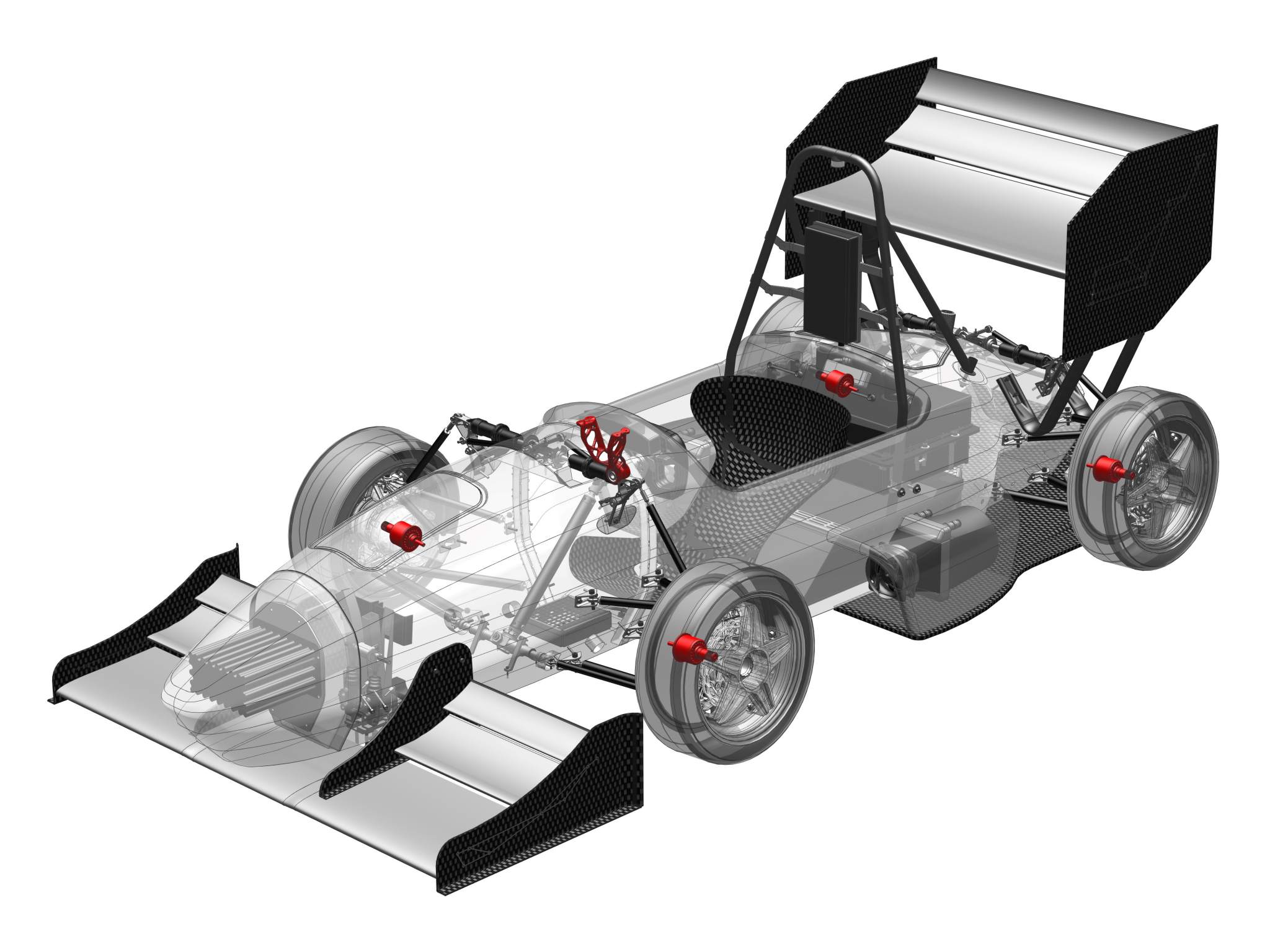The Technische Universität Darmstadt’s (TU Darmstadt) Formula Student racing team (DART) has developed its 2017 car with metal 3D printing. The race car has five metal 3D printed components produced by German Technology Group, Heraeus in an effort to reduce the vehicle’s weight.
The student team has developed the car for the annual Formula Student competition which pits university teams against each other in a designing and racing competition. Dutch University, TU Delft has similarly utilized 3D printing in the development of its Formula Student cars.

3D printed components
To create the 2017 car, TU Darmstadt’s DART racing team collaborated with fellow Germans Heraeus. The technology group has a particular emphasis on metals and the company boasts a number of metal 3D printing machines to offer printing services in addition to metal powder production.
With the main aim of reducing weight and increasing DART’s competitiveness, Heraeus produced five “ultralight 3D printed components.” These included four motor shafts and a steering shaft bracket. All of which were designed for additive manufacturing, which means they were able to benefit from of the increased manufacturing possibilities working with lattices and complex geometries.

Designing the parts
Tobias Caspari, head of Heraeus Additive Manufacturing, explains the design process for the steering shaft bracket,
We completely redesigned the part and optimized it through simulations to achieve the maximum weight reduction. The combination of materials and construction expertise with printing know-how was crucial for reaching this ambitious goal,
By doing so, Heraeus was able to reduce the weight of the part by 50% while maintaining its strength and stability. Printing the steering shaft bracket in aluminium (AlSi10Mg) alloy and optimizing the shape with a geometric design meant the part was now only 300g in weight. According to Heraeus, the four motor shafts in each of the car’s wheel suspension also reduced weight by 50%.

Additive manufacturing is often hailed for its ability to reduce weight of parts and it is for this reason that its use is increasing in industries such as motorsport and aerospace. These industries are constantly striving for weight reductions and the ability to produce functional parts with an optimized design is clearly beneficial.
For these reasons, several professional racing teams in Formula One have developed partnerships with 3D printing companies. McLaren racing team partnered with American company Stratasys and will reportedly bring a 3D printer trackside during the 2017 F1 season. While Williams F1 team are implementing 3D printing for car development following a collaboration with German company EOS.
To stay updated with the latest 3D printing news, subscribe to our newsletter, follow us on twitter and like us on Facebook.
Featured image shows TU Darmstadt’s 2016 racecar. Photo by Oliver Jägle for DART Racing.



